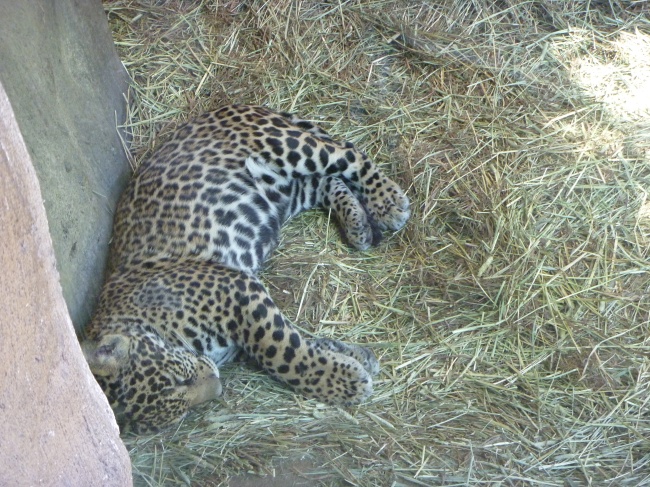If you know me, chances are you know of my love for the Hellboy comics by Mike Mignola. You’ve probably also heard me gush about how I met him and he signed a postcard for me and I got the postcard free and HE WAS JUST SO NICE. Ahem. Anyway, I’d been recommended that series for years but never listened to wisdom until I saw Ron Perlman punching Nazis on the big screen. I’ve been hooked ever since. This is all relevant because I recently bought one of the short story anthologies (Odder Jobs, in case you were curious) set in the Hellboy universe. One of the stories involves Abe, the less tough, but equally awesome fish man that occasionally helps Hellboy and has adventures of his own. He’s also voiced by Niles from Frasier.

Notice the resemblance? Neither do I.
So the relevant part is when the team is gathering to fight bad guys and everyone is bundled up against the cold except Abe, who seems surprised that everyone is so chilly. Hellboy has to point out that Abe is cold-blooded (ectothermic) and the rest of them are warm-blooded (endothermic). Except that isn’t correct. If Abe were just like an ectothermic lizard, he’d be even worse off in the cold. He’d be lethargic and miserable and useless for anything. If it were cold enough, he’d literally freeze; the water in his tissues would turn to ice because he can’t keep himself warm. However, Abe is a fish man, not a lizard man, so his body must have a strategy to prevent turning into a fish-sicle. Yes, I realize I’m questioning the biology of a fish-person, but it’s my blog and I do what I want! Work with me here, jeez.
There are actually a few strategies that ectotherms use to deal with dropping temperatures. For less extreme changes, such as between seasons or locations, ectotherms can adapt by restructuring membranes (to maintain proper fluidity even in the cold), regulating pH (to support enzyme function), adjusting enzyme concentrations and regulating isoforms (alternate forms of protein, with some better adapt to the cold than others). In cases of extreme cold, ectotherms have physiological methods to avoid or even tolerate freezing.
Some ectotherms that avoid freezing utilize organic osmolytes, carbon-based compounds that help regulate fluid balance. In this instance, the osmolytes are antifreeze proteins (often glyco-proteins, protein-sugar complexes), they lower the freezing point of bodily fluids, without damaging tissues. Thus they are called “compatible cryoprotectants”. Within the body and its cells, they cling on to and prevent the growth of ice. Other ectotherms can super-cool. This means that the body temperature will drop below freezing, but ice will not form because there is no trigger for it. However, external ice can act as a trigger for internal ice formation.
Ectotherms that are freeze tolerant do not avoid freezing at all. They will literally freeze solid, some animals will experience freezing of as much as 80% of their bodily fluids. The really miraculous thing is that they can survive this! CRAZY. They’re like winter zombies. A popular example of freeze tolerance is the spring peeper frog (which also has an ADORABLE name, I might add), which uses glucose as an antifreeze. Glucose floods the blood stream (450 times normal concentrations) and keeps the circulatory system pumping while the other 65% of the frog freezes. When the peeper thaws in the spring, the glucose doubles as quick energy
Now what does this all mean for Abe? Since he’s up and active in the winter and not frozen solid, it’s likely his body is filled with antifreeze proteins to keep active.
This also means Dark Horse Comics needs a better editor. Get it together, people!
Source
Sherwood, Lauralee, Hillar Klandorf and Paul Yancey. 2005. Animal Physiology: From Genes to Organisms. Thomson Brookes/Cole, Belmont, CA.
Yancey, Paul. “Subtidal Habitats- Polar Subtidal.” Marine Biology. Whitman College. Walla Walla, WA. 5 4 2011. Lecture.
Photo credit 2004 Hellboy movie, directed by Guillermo del Toro. Abe Sapien voice by Niles Crane David Hyde Pierce, with Doug Jones performing. Also photo credit from Frasier.

